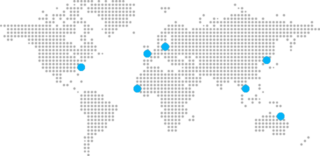An oil water separator needs to be properly and regularly maintained to stay in good working order. When these devices are not drained and cleaned out religiously, oils and other debris will stop them up and make them useless. This can cause the levels of oil in the released water to go beyond the effluency limits indicated.
Models of oil water separators that sit above the ground are somewhat easier to keep clean since everything is easy to get to. This is because there are no tight spaces and plates can be easily taken out, cleaned and replaced. All above-ground types can be maintained from the ground level. Also, solid waste can easily be removed via a large opening at the ground level.
If using a below ground oil water separator, it is particularly essential that you follow a strict schedule of maintenance. Because the unit is underground where it can’t be seen, it is far more likely that you will forget to clean it. Here are the maintenance procedures to follow for this type of oil water separator.
After one month of use, make sure you inspect and clean the inlet area in the following way:
- Turn off the influent water to the unit.
- Open the unit cover.
- Remove any oil and dispose of it in a way that complies with company and legal procedures.
- Drain the water from the separator.
- Measure the depth of the leftover solids and write it down. This will serve as a framework for scheduling future maintenance and cleaning.
- If necessary, dispose of the solids.
After doing all of this, you will need to clean the media plates. They can be cleaned while still in the unit or removed for cleaning. To clean them without removal, stick a low pressure hose in between the plate spaces on the plate packs. Any dirt flushed from the plates should be removed through the drain on the hopper outlet.
For cleaning the plates outside of the oil water separator, rinse them down with a low pressure hose while taking extreme care to avoid getting the discharge on the ground where it has access to groundwater. All that needs to be removed is the sludge and oil buildup.
When this is done, check the tank for damage and repair the internal coating if needed. To start the separator again, just place the plate packs back into the unit as they were before. Ensure that they are securely installed to prevent them from floating when the unit resumes functioning. Maintenance should be carried out regularly by a qualified professional, depending upon the unit’s application and the amount of oil and other debris accumulated.
To receive a quote on a separator for your particular needs, call us today at 800-453-8639.

